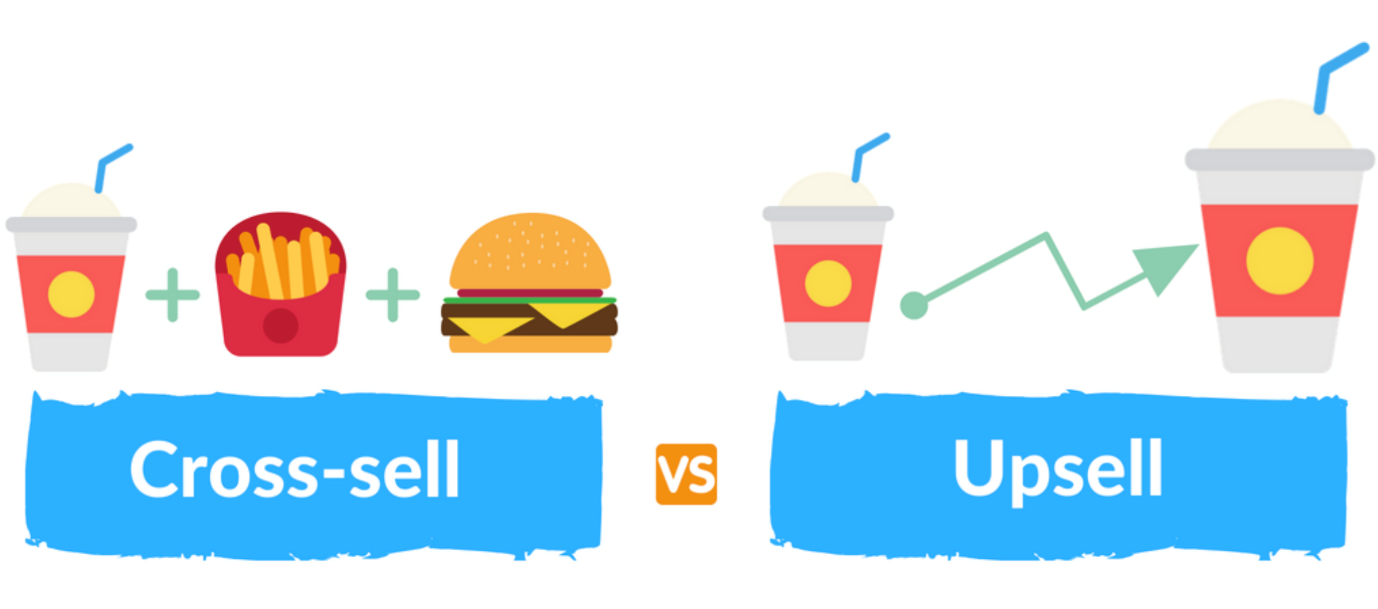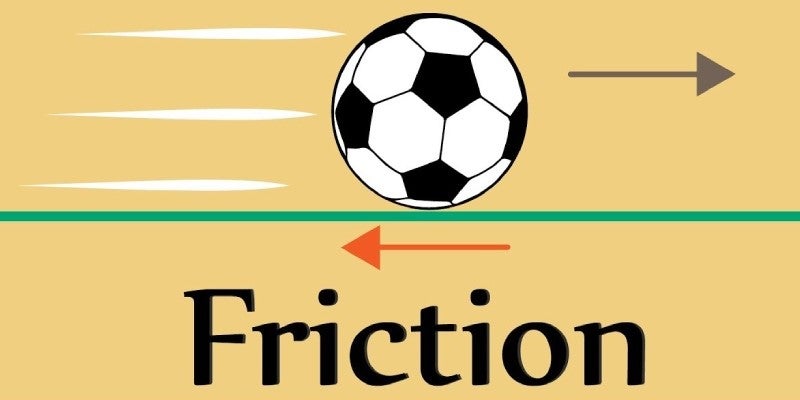It’s The Little Things - Personalization is the elephant in the room
Bruce Davis-Goff - APAC Operations Director
19 Oct 2020
Small Things with Big Impacts
At a Sitecore Symposium in Australia, many years ago, Lars Birkholm Petersen asked the well-known question ‘How Do You Eat an Elephant”. The answer is of course, “A bite at a time”. He was referring to personalization in Sitecore or any platform for that matter. How personalization is the elephant in the room that gets ignored at first and sidelined later, which is a pity as the main advantage of an Experience Management platform is to… well… manage experiences.
It’s safe to say that any website that doesn’t take their customer’s experience as the starting point in design - and this is lots of them - will perform far worse than one that does. Hey, companies! It’s all about your customer, not all about you!
In this article, I’d like to look at a few very simple scenarios where a tiny piece of information about a customer can make a huge difference to customer value for the business.
The Up-Sell Cross-Sell

In this scenario a customer was selling multiple products, let’s say Gas, Electricity, and Broadband. Their customers could login and pay their bills and see their usage etc. which is nice and all but hardly adding to the business.
The breakthrough was convincing them to look at their products as a package and then see which customers had one service but not the other. This information was available in a backend system, whereby looking up a customer ID with a bit of logic, I could tell that customer A had this service but lacked the other 2.
To expose this in the Sitecore xDB, when the customer logged in, an extension checked on their service purchased status with a quick lookup which then populated a custom facet in the xDB.
The upshot? – the next time customer came to the site they were identified as only using one service using a personalization rule and were offered a discounted package with the other services or special promotion - big wins all round and a tiny piece of code.
Freeing up Resources

In this scenario, a customer was offering an installation service that would always be scheduled for a certain date but often slipped due to other factors, such as weather and technician availability. They only had a small support desk who was also tasked with the acquisition. Now the customer had no visibility on their scheduled install and whether there were delays, so they did what we all do and called the helpline. Not good because the helpdesk staff spent all day looking up installation status in a 3rd party system and relaying that to the customer.
The solution was easy, give the logged-in customer the ability to look up the status of their installation date.
It sounds so obvious, the helpdesk now have 75% more time to follow up leads and other queries and make more valuable use of their time – again, it’s the little things and it’s important to realize that saving money can be the same as making money
Customer Friction

In this scenario, a customer was selling a service that was only available in certain regions of New Zealand. The first step of onboarding was entering your address into a custom lookup field which would dynamically return a list of matching addresses from which the customer would then have to pick their address.
Unfortunately, the lookup didn’t know which addresses had the services available and which one did not, so the customer would choose their addresses, and then be redirected to a page to tell them that the service was not available in their area – bah humbug.
The solution was not entirely simple but basically involved customizing the address lookup to put addresses where the service was available to the top of the dynamically generated list and highlight them and grey out matching addresses where there was no service. To make it even better Sitecore GeoIP was used to further filter the list at the start.
Little things, but every opportunity to drive down acquisition friction should be pursued as they all add up.
The Funnel

Sales funnels have been around forever, but I think the idea of Intent funnels is more relevant. Sales funnels tend to be revenue-centric and defined more so around the single idea of an acquisition.
Intent funnels take a more holistic approach and try to absorb the actual mindset and motivations of visitors coming to your site, and to get this right you must put yourself in the shoes of each visitor type.
So, let stake the example of a New Visitor – easy enough to work out from your analytics, either Sitecore or Google.
First time here, where did they come from? And what is the most likely thing they are here for? The answer is always the same – information about something that your site might know about.
Gone are the good old days of getting the referring search term from Google, but if it’s from a Google search result, you should be able to figure out the keywords used – assuming you look at your analytics and pay attention to your organic search status – 101 right? This is just an example of an intent trigger, “Came from Facebook Post about something – let's show relevant stuff”
So how do I build an intent funnel?
I look at the 3 most likely visitor scenarios and take it from there by presenting 3 distinct objects, front, and center on the home page.

Above I have rather roughly presented 3 options I want to present a new visitor with.
Wanna buy a? – I sell stuff – this content spot shows the new product I want to push, I also personalize it to show different new products depending on anything else I know about the visitor.
Wanna fix a? – ruh roh, this may be someone who has purchased one of my products and needs support, the best brand ambassador is a happy customer, and it's not a problem, it’s an opportunity. I bet they like the latest model or at least a new battery for it. Wanna work here? – our inquiry form tells me we get a lot of job inquiries and we sure are hiring, if not we might be able to make you a customer.
OK simple, 3 funnels we can then plan journeys for.
For example:

Of course, I will AB test it and of course, each of the three will most likely be personalized for any other user factors I can discern about the visitor, and of course, this whole block of 3 items might swap out if you’re an existing user, but you get the idea – start with something small.
Twitter @NZsitecore LinkedIn brucedavisgoff
Follow us on Twitter Follow us on LinkedIn Follow us on YouTube

Bruce Davis-Goff
As a five-time Sitecore MVP, with 15 years of experience working with, and for Sitecore, Bruce brings a valuable depth of skill and experience and a commitment to best practice excellence.
Bruce is a passionate Sitecore Architect with specialist skills in SXA, strategy, migration, and upgrades and is a certified developer, trainer, and NZ Sitecore User Group / SUGCON organizer. His background as a Sitecore Business Development Manager, coupled with solid technical skills, and enthusiasm for getting the most out of Sitecore, means
Bruce brings value to any project and currently looks after operations for the APAC region.

Share on social media